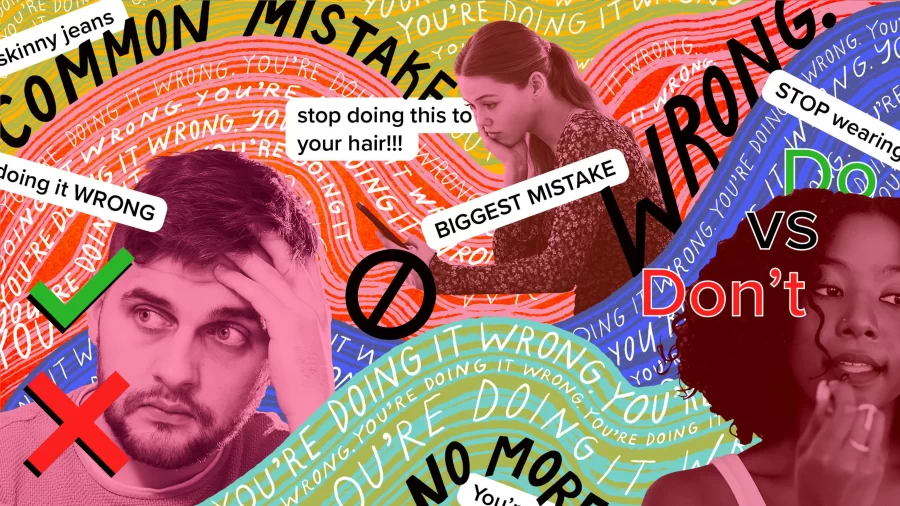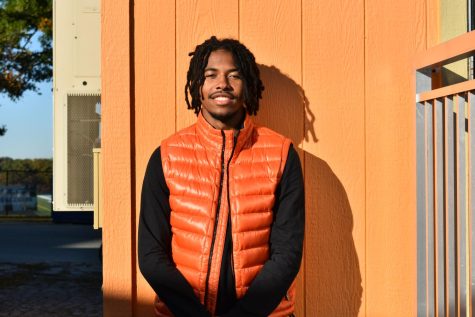Social Media Influencers are Harmful to Reality
April 28, 2023
Have you ever wondered if your favorite influencer is hiding something from you? Well, this might be your answer. Algorithms are a way to affect social media and reality but it is hard to see them on the backend. Through my research, I’ve seen that influencers are told to play a little game that involves them following the rules. The game that is played is the visibility game. It is not an actual game but it protects their privacy and what they want to share with the outside world. This is a way social media influencers can portray what they want us to see and not invade their personal space and lifestyle. These algorithms allow social media influencers to be independent and demonstrate algorithmic structure. The way Social media algorithms work is by allowing the user to see what they want to see such as what they commonly look up or what profile they spend the most time on. Social media typically prioritizes which content a user would want to see and put it on their feed first. An example of an algorithm is when scrolling on Tik Tok you see an interesting video, you then click on that person’s page because you like the content they give out and it’s a person you want to follow. The algorithm behind Tik Tok then knows that you enjoy watching that person and they then will continue to pop up on your feed because you’ve spent so much time on their page and it’s a creator you will most likely want to engage with every time you open the app. The algorithm in this will boost that number of likes and shares and create massive volume to their page and competition among others. Some influencers don’t like algorithms on social media because they don’t want to feel like they have to compete with others, they want to have their own unique style of presentation and content. ”TikTok’s algorithm functions differently from Instagram’s and relies less on user input and networking to show users relevant content. TikTok is more forgiving of repeated content, while Instagram engagement is higher for paid ads.”
Furthermore, there are three main sub-genres of artificial intelligence algorithms, supervised learning, unsupervised learning, and reinforcement learning. These various categories allow for the algorithms to create the operations for an AI to exist.
Supervised learning algorithms build and express the evaluated results of data. This allows the algorithm to learn and grow, therefore, allowing it to predict the next data set.
Unsupervised learning algorithms, similar to supervised learning, create models and evaluate relationships between the data to give insight.
Reinforcement learning uses two major parts: the agent performs an action and the environment in which it is performed. When the environment sends a “state” signal to the agent. Once performed the “reward” signal is sent back and allows the agent to update and evaluate the action, that cycle repeats until the environment sends a termination signal. There can be two outcomes, positive or negative affecting the reinforcement. Data science that created these algorithms was sure to make the accuracy of the data and catch any errors using AI. Additionally, both of these topics are similar to each other because they both involve data. Social media involves numbers and rankings as well as artificial intelligence because of the science behind it. Both relate to each other as far as numbers but not so much on the other end. An algorithm is set to tell a computer what to do for example calculating numbers for each influencer or solving a math problem. An Al is a computer system that makes decisions on its own, Algorithms also enhance Al by making the system smarter such as data processing. “Social media has become an increasingly popular way of obtaining information for people. Additionally, people share their personal activities, interests, and opinions on different social media platforms. Social media provides many advantages such as easy access to information, low cost, and rapid spread of information. Owing to these advantages, many people tend to search for news from social media rather than classical news sources such as television or newspaper. Consequently, social media news is quickly replacing classical news sources.” Social media influencers are training their algorithms to show them different things because it has a huge impact on whether social media is a waste of time or its helping you move forward. Some have trained their algorithms to show them things that are useful to them that have caused it to be invaluable. For example, Instagram has been advantageous to certain people who do not watch it for entertainment, they watch it for educational purposes only. artificial intelligence can now translate English into code, you can build your pain video game without knowing the code all by artificial intelligence.
Work Cited:
Banet-Weiser S (2012) AuthenticTM the Politics of Ambivalence in a Brand Culture. New York: New York University Press.
Bucher T (2012) Want to be on the top? Algorithmic power and the threat of invisibility on Facebook. New Media & Society 14(7): 1164–1180.




